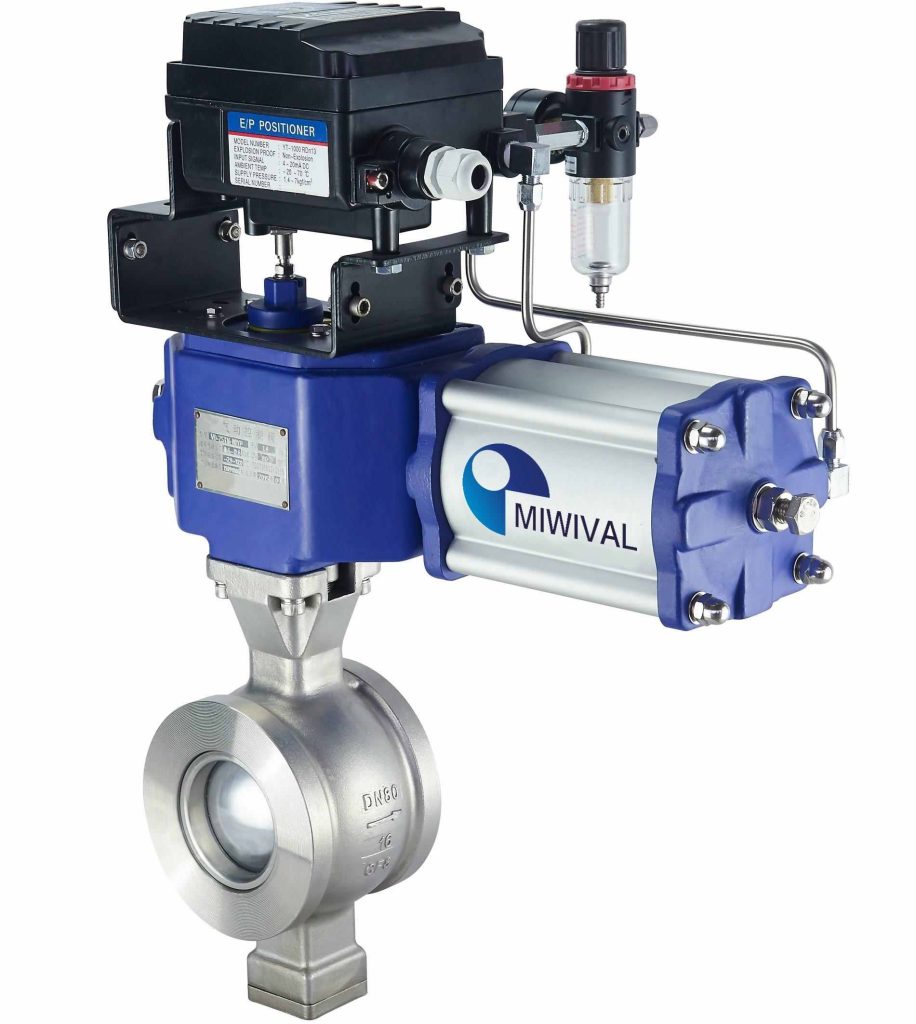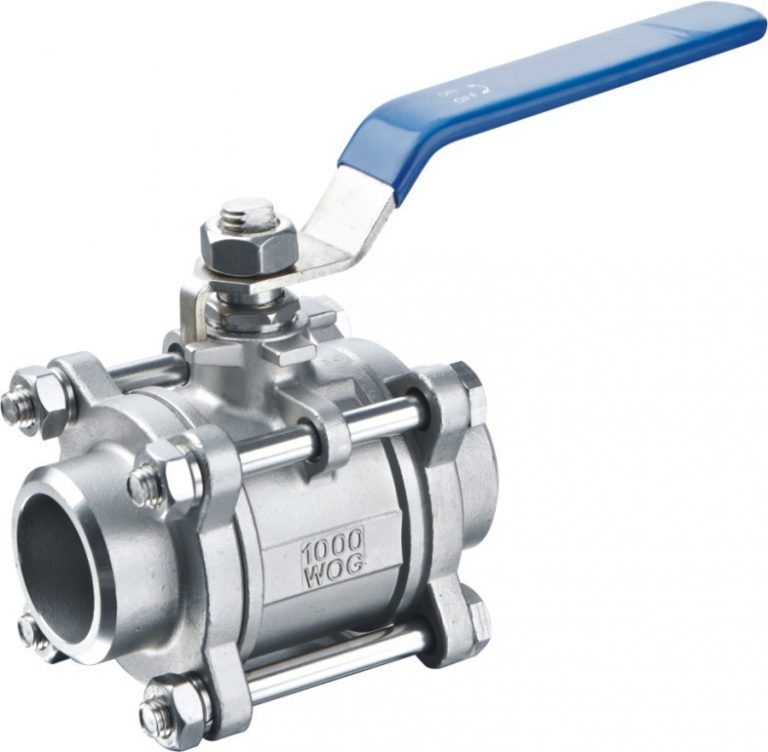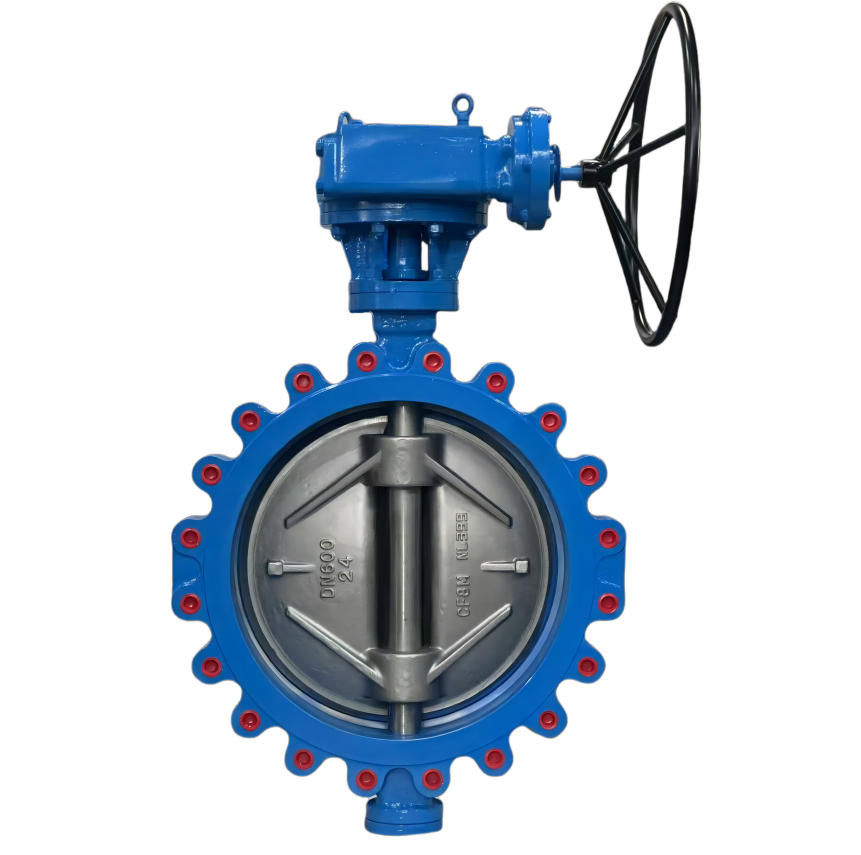The Ultimate Guide to Industrial Valve Types: Selection, Applications, and Benefits

Ever stopped to think about what holds big factory setups together, keeping things going without a hitch? Often, it’s those quiet workhorses: industrial valves. They manage how liquids and gases move through pipes and setups in places like energy stations or chemical factories. In this rundown, we’ll dig into industrial valves, looking at their kinds, picking the best one, where they fit in, and what they bring to the table. If you’re a tech fixing a line problem or a buyer scouting solid gear, this should clear up the fog. Let’s jump in—picking a bad valve can snowball a small snag into a real mess.
Understanding Industrial Valves: The Basics

Industrial valves go beyond basic switches for on and off. They handle pressure levels, guide flows, and keep things safe in tough spots. Imagine a busy oil plant where one valve slip could stop work or lead to bigger trouble. Valves show up in different builds. Each one fits certain loads, heat, and stuff like vapor, chemicals, or thick mixes.
From what I’ve seen over the years in this line of work, a smart valve choice can stretch gear life by a good stretch. But let’s start with grouping them. We’ll hit the usual suspects, pulling from actual builds and how they perform.
Key Types of Industrial Valves
Valves differ in shape and job. Here’s a quick look at the big ones, with notes on how they’re made and common strengths.
Gate Valves
Gate valves work like sliding barriers in a tube. They lift a flat piece to let everything through or drop it to block tight. Best for straight shutoff, not tweaking flows, these do well where you want little drag on pressure.
- Build Details: Tapered wedge for snug fits; comes with stems that rise or stay put.
- Strength Levels: Usually up to 300 PSI in basic ones, taking heat from -20°F to 1000°F based on stuff like plain steel or rust-proof kinds.
- Good and Bad Sides: Low drag when wide open, but rough on repeated use—parts wear down quicker.
Last year, I checked out a water cleanup spot. There, gate valves cut off areas for fixes. This stopped drips that might dirty the supply.
Globe Valves
Globe valves give fine tweaks for flow. A round piece or stopper moves straight against the path, letting small changes. They get their name from the round shell.
- Build Details: Guides in a cage for steady moves; some three-path kinds mix or split flows.
- Strength Levels: Up to 1500 PSI, holding cold down to freezing or hot over 800°F.
- Good and Bad Sides: Top-notch for adjusting, but they drop more pressure than gate types.
You see them a lot in steam setups. For example, in paper mills, globe valves tune steam to machines that dry sheets. This keeps the paper even without wasting power. And in mixing setups, three-way globe valves blend hot and cold streams. They handle big shifts without trouble.
Ball Valves
Ball valves turn a round piece with a hole to steer flow. A fast quarter spin on the handle does the trick.
- Build Details: Wide openings for clear paths; cut-ball versions deal with thick stuff.
- Strength Levels: Often 150-300 PSI, but tough ones hit 2500 PSI.
- Good and Bad Sides: Seal super tight, hold up in rough mixes, yet not the best for tiny tweaks.
Think of a chemical line: ball valves flip between tanks in a snap, cutting wait times. I’ve dealt with spots where swapping to cut-ball valves dropped fix-ups by 30% in dig sites with mud.
Sometimes, folks overlook how ball valves shine in quick jobs. But in slurry-heavy work, like mining, they prevent clogs that slow everything. It’s those small wins that add up.
Butterfly Valves
Butterfly valves have a flat piece that spins on a rod to open or close. They’re light and slim.
- Build Details: Off-center or straight discs; strong ones seal with no leaks.
- Strength Levels: Up to 150 PSI regular, pushing to 720 PSI in beefed-up builds.
- Good and Bad Sides: Simple to set up, but capped at medium loads—discs wear in fast rushes.
In air systems, they adjust breezes well. I remember a job swapping butterfly valves in a big waste water place. It trimmed power by tuning pump speeds. And honestly, their size makes them a go-to for tight spots where bigger valves won’t fit.
Check Valves
Check valves stop backward rushes, like doors that swing one way. They pop open with forward push and snap shut on their own.
- Build Details: Swing arms, lift parts, or double flaps.
- Strength Levels: From 150 PSI to past 2500 PSI in hard steel.
- Good and Bad Sides: No need for handles, but they might bang shut in quick stops.
Key in pumps, they guard against spins the wrong way. In energy spots, check valves shield boilers from sudden hits. I’ve seen setups where ignoring this led to pricey fixes—better safe than sorry.
Other Specialized Types
- Plug Valves: Off-center plugs for wearing fluids; solid in oil work, with wide range tweaks up to 100:1.
- Diaphragm Valves: Bendy layers for harsh stuff; key in drug making for clean runs.
- Needle Valves: Sharp tips for measuring; spot-on in test rooms.
|
Valve Type |
Typical Pressure Rating (PSI) |
Temperature Range (°F) |
Best For |
|
Gate Valve |
150-300 |
-20 to 1000 |
Cutting off in water or gas lines |
|
Globe Valve |
Up to 1500 |
From cold lows to 800 |
Adjusting in steam paths |
|
Ball Valve |
150-2500 |
-50 to 750 |
Fast blocks in chemical flows |
|
Butterfly Valve |
150-720 |
-20 to 400 |
Tweaking in air handlers |
|
Check Valve |
150-2500 |
-100 to 900 |
Stopping reverses in pumps |
This chart lays out quick picks—real choices weigh the exact stuff moving through.
Expanding on this, consider how materials play in. Steel holds heat, but alloys fight rust better. In salty spots, like coastal plants, picking wrong leads to quick breakdowns. I’ve advised teams to test samples first—it saves headaches later.
How to Select the Right Industrial Valve

Picking isn’t random. Begin with basics: F-Fluid, T-Temperature, P-Pressure, What’s running through? How much push and heat?
Factors to Consider
- Stuff Matching: Harsh chemicals need rust-proof steel or mixes like SMO254. Plain water? Cast iron might do.
- Flow Needs: Full rush? Pick gate or ball. Tweaks? Globe or butterfly.
- Work Conditions: Big push wants strong builds. Take cooling steam: valves must drop heat without bubbles bursting inside.
- Fit and Joins: Line up sizes; welded ends for tight seals in lines.
- How to Run: Hand turns for easy jobs, air power for far-off controls.
Numbers show it: A group from valve makers notes bad picks cause 40% of breaks. In a plant making plant food, shifting to off-center plug valves sharpened control in sticky stuff. It bumped output by 15%. And don’t skip checks after set up—vibes can loosen things.
Costs over time matter too. Valves with swap parts, like globe ones with easy seats, let quick changes. No fancy gear needed. I’ve told customers to look at full price: buy cost plus stops.
Applications Across Industries
Valves shift roles by field. They adapt to needs.
Oil and Gas
Ball and gate valves rule lines here, dealing with raw oil under heavy load. In South American digs, three-way globe valves mix in heat swaps. They dodge heat jolts. Pipelines stretch miles, so reliable valves prevent spills that cost big.
Chemical and Petrochemical
Globe and diaphragm valves tame wild substances. Coolers spray water to chill vapor, keeping pipes sound. In labs, needle valves drip exact amounts for mixes. Safety’s huge—leaks can harm folks or the air.
Power and Water Treatment
Auto valves like pressure droppers hold tank heights. In energy hubs, off-center plugs manage thick mixes in plant food. Water spots use butterfly for big flows, cleaning without waste. I’ve seen solar farms use them for coolant—steady temps mean steady power.
Food, Pharma, and More
Needle valves portion bits; gas blankets use nitrogen to keep tanks fresh, cutting loss in oil spots. A palm oil setup I know swapped to cut-ball valves for sticky flows. It slashed jams. In drugs, sterile valves avoid germs—purity’s everything.
Perks? Better guards, smoother runs, longer wear. Right setups trim leaks by half, say trade notes. But install matters. Bad fits cause vibes that wear fast.
Dipping into food lines, valves must clean easy. FDA rules demand it. One bakery used ball valves for syrup—quick cleans kept lines rolling.
Benefits of Choosing Quality Industrial Valves
Good valves can cut breakdowns, save cost, and up safety.
- Tough Build: Stuff like DSS 2205 fights eat-away, lasting in rough spots.
- Smooth Work: Sharp control wastes less—say 20% less power in vapor lines.
- Safe Features: Back stops block drips; fire-proof per API 607 shields in fires.
- Money Saves: Easy fixes pay back. A spot I know saw 25% drop in mend costs post-upgrade.
They earn their keep. Yet, gains tie to right set. I’ve spotted fine valves flop from bad pipe lines—always check twice. And train crews on use; mishandles shorten life.
On a side note, green pushes matter now. Valves that seal tight cut emissions, helping meet rules. In my view, it’s a win for environment and pocket.
Introducing Miwival: Your Trusted Valve Supplier
img.Ultimate Guide.webp
When sourcing solid valves, Miwival catches the eye. Started in 2015 by valve pros in Zhejiang, China, we’ve spread worldwide with customers all over the world. Our goal? Supply valves and controls for safer ops. We know fields like vapor, digs, paper, and chemicals. Stock includes globe controls, coolers, cut-ball valves, and such. Our Zhejiang and Anhui spot makes custom controls and magnet valves, led by boss Forrest Shaoke Meng—a 20-year hand in valve work. We stress checks, with tight rules so each item hits marks. Need custom or ready stock? Miwival mixes new ideas, dependability, and close help to keep your flows steady.
Conclusion
To sum it, getting valves right—from kinds to picks—can lift your setup’s game. By eyeing uses and gains, you skip pricey slips and tap better runs. As fields change, knowing these basics means easier work and safer spots. Set to step up? Dig more or chat pros for fits.
FAQs
What are the main industrial valve types in The Ultimate Guide to Industrial Valve Types, Selection, Applications, and Benefits?
The guide hits gate, globe, ball, butterfly, check, plug, needle, and diaphragm valves. Each fits certain jobs, like globe for tweaks or ball for fast blocks.
How do I select the right valve according to The Ultimate Guide to Industrial Valve Types, Selection, Applications, and Benefits?
Eye stuff kind, push/heat marks, flow wants, and build match. Say, rust-proof for harsh, and air run for auto.
What applications are highlighted in The Ultimate Guide to Industrial Valve Types, Selection, Applications, and Benefits?
Valves work in oil lines, chemical mixes, energy make, water clean, and food/drug. They tune flows, block reverses, and guard in varied scenes.
What benefits do industrial valves offer, as per The Ultimate Guide to Industrial Valve Types, Selection, Applications, and Benefits?
They give tough stand against rough, power saves via sharp tweaks, safe bits, and long-haul money cuts by low fixes and no drips.
Can The Ultimate Guide to Industrial Valve Types, Selection, Applications, and Benefits help with specialized needs like cryogenic valves?
Sure, it notes cold builds for low heat, stressing stuff and marks. For custom, talk suppliers versed in extreme spots.





